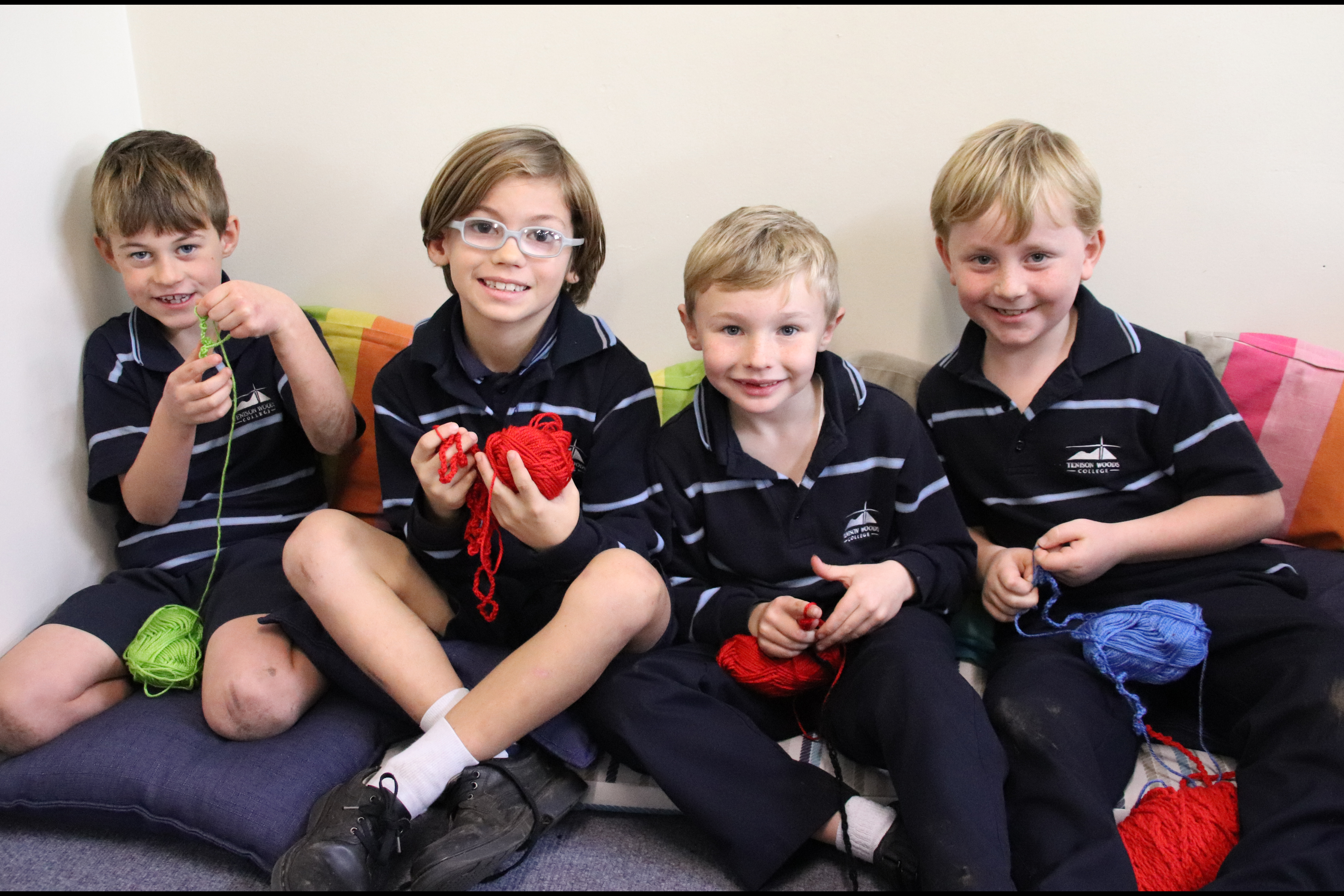Newsroom
News

The Role of Handicraft to Help Anxiety
The sometimes forgotten handiwork of crafting is a great way to relieve anxiety. There is just something therapeutic about using your hands to channel pent-up energy.
We live in a society dominated by passive entertainment and many of our children are increasingly caught up in the virtual experience. Very few of us are investing in activities now-a-days that show up as tangible results for our efforts. Our creativity license is waning.
It has some great benefits for our students, as we are finding out in many of the Reception – Year 3 classes. A number of these classes have started some simple finger stitching, that they often work on quietly after finishing their academic work. When you craft, you stimulate certain parts of the brain that release hormones, which are sometimes referred to as, “pleasure particles”. Here, we are talking about dopamine and oxytocin. These two brain chemicals are thought to help regulate mood while calming the mind.
There is a lot of physiological evidence to support the use of the hands to work on that brain-body connection and apparently in the 19th Century, Doctors would often prescribe knitting for anxious new mums to calm their minds.
When the hands are moving, the brain is grooving so to speak. It is a way for children and adults to get in the moment, to calm those unhelpful thought patterns and relieve anxiety.
It may be how we exercise the innate physical and creative abilities, that make us able to cope with everyday hurdles better, while building our emotional intelligence (EQ).
What all these have in common, of course, is they occupy our hands. And as it turns out, some researchers think that may be key to making our brains very happy.
"I made up this term called 'behaviour ceuticals,' instead of pharmaceuticals, in the sense that when we move and when we engage in activities, we change the neurochemistry of our brain in ways that a drug can change the neurochemistry of our brain," said Kelly Lambert, a neuroscientist at the University of Richmond.
She says our brains have evolved to reward us for getting a grip on the world
Which is why, Lambert said, in the 19th century doctors used to prescribe knitting to women who were overwrought with anxiety, "because they sensed that it calmed them down some. And it sounds, 'Oh, that's simplistic.' But when you think about, OK, repetitive movement is increasing certain neurochemicals. And then if you produce something - a hat or a scarf - there's the reward.
Josie Ashby | Wellbeing Counsellor
CLICK HERE TO RETURN TO NEWSLETTER

